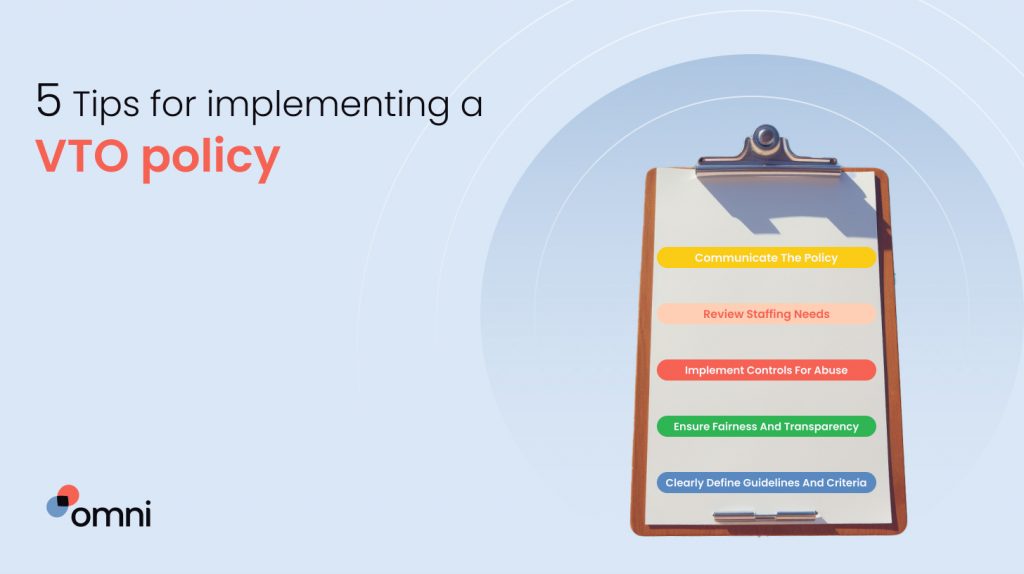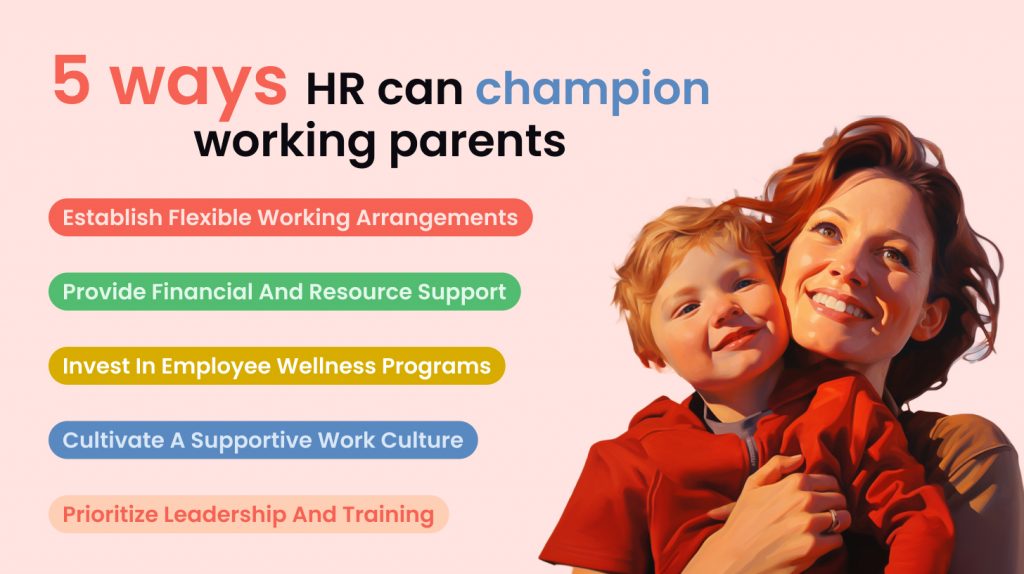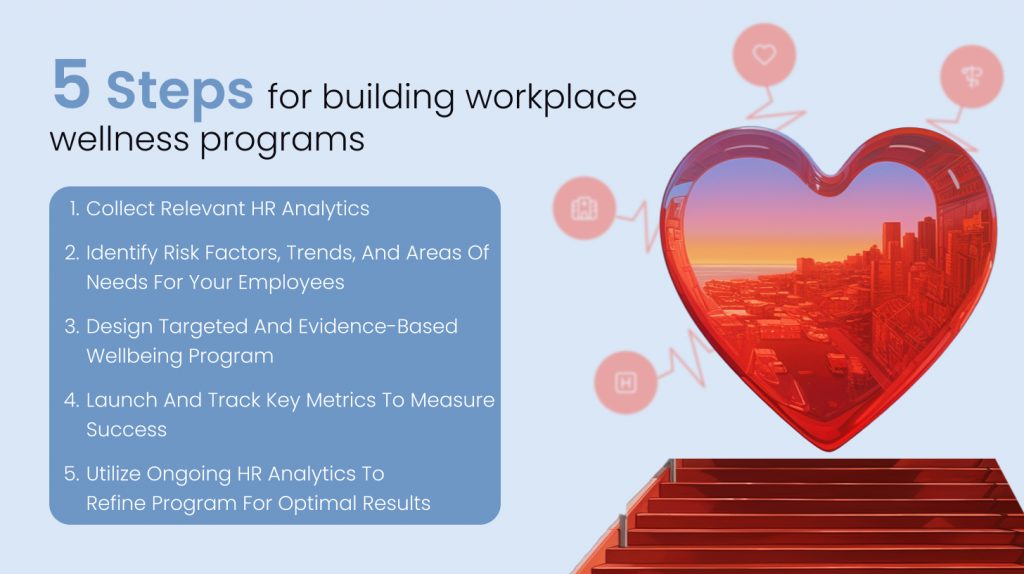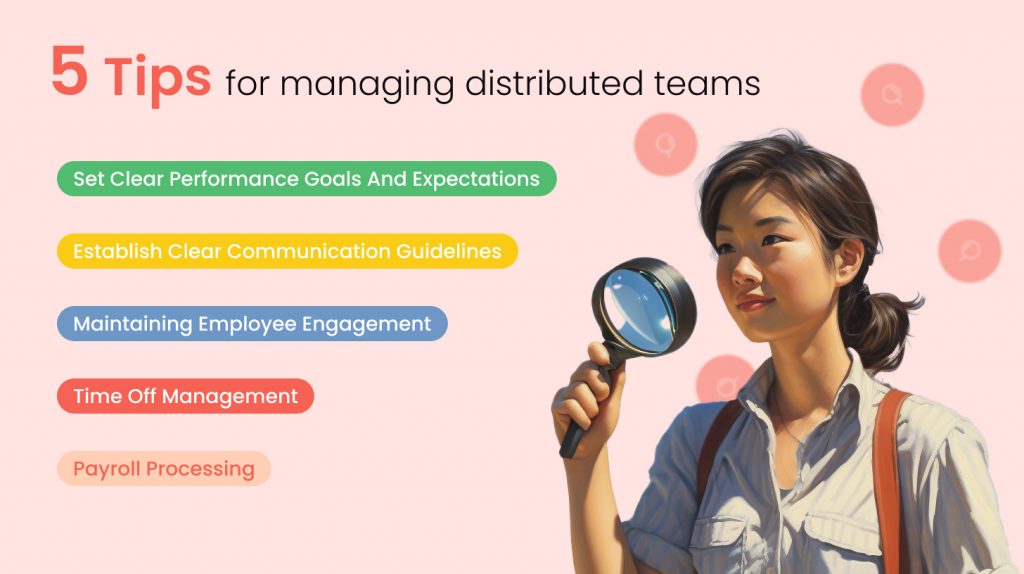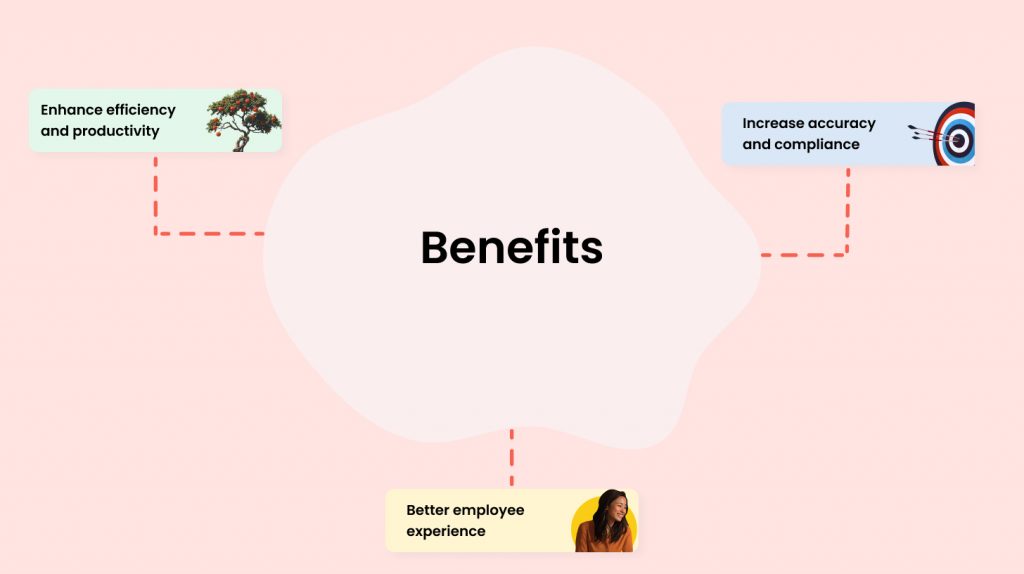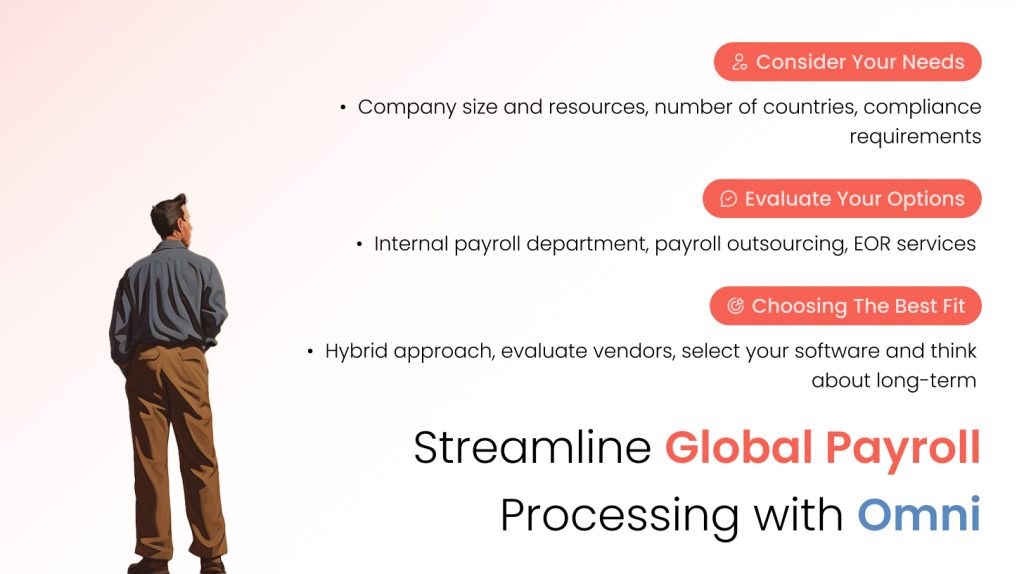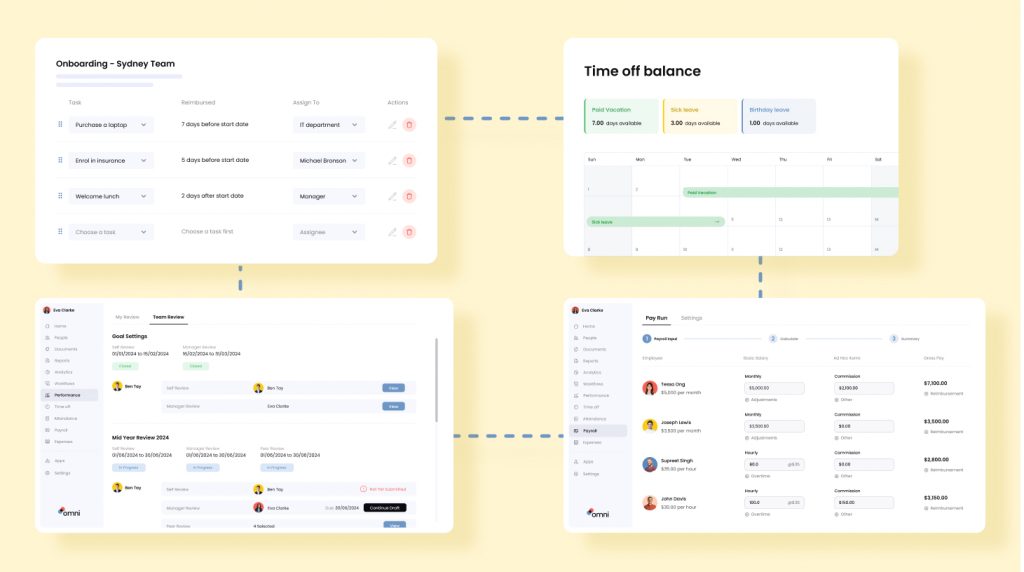Goal setting and measuring progress is a crucial component for business success. OKRs allow managers to provide a framework for setting goals, aligning teams, and driving focus and accountability. When writing effective OKRs, employees feel more engaged and motivated to reach desirable outcomes.
In this article, we will explore what makes a good OKR and the components of writing effective OKRs.
What are OKRs?

Objectives and Key Results (OKRs) are a goal setting framework that helps organizations to define measurable goals — or objectives — and track their outcomes. The framework is designed to help businesses establish ambitious goals in a short period of time.
Read next: OKRs for HR: Samples and Guide
What is the OKR format?
A typical OKR consists of an objective and several key results. The objective is a clear, concise goal, while the key results are measurable outcomes that indicate progress.
For example,
Objective: Improve the efficiency of resume processing
Key Results:
- Reduce the time to process a resume from 15 minutes to 5 minutes by Q3.
- Increase the accuracy of resume data extraction to 98%.
- Implement technology to automate resume scanning by the end of Q2.
Confused about the difference between OKRs and KPIs?
What makes a good OKR?
A good OKR is a powerful tool for uniting teams, setting clear goals, and measuring success. Here’s are some characteristic of what makes a good OKR:
Clear objectives
When writing effective OKRs, make sure it is clearly defined in regards to what you want to achieve. It should also be aspirational and motivating to inspire action and focus.
SMART key results
OKRs should be SMART. When writing effective OKRs, it should be specific, measurable, achievable, relevant and timely.
Aside from clearly defining your objectives, you should also spell out how you’ll measure success. It should be quantitative and verifiable by performance measurements. Effective OKRs directly contribute to the objective and have a clear deadline.
Learn more: Professional SMART Goal Examples and Techniques to Foster Continuous Improvement
Challenging yet attainable
Effective OKRs should be challenging but attainable. If OKRs are unrealistic, employees may instantly recognize it as unattainable and don’t put in effort from the beginning. They may also be demoralized if OKRs are constantly unachievable.
Hence, writing effective OKRs involves setting realistic goals that motivates and pushes your team’s limits without overwhelming pressure that could cause employee burnout.
Review and update regularly
Another crucial component of writing effective OKRs is to regularly review and update them. Tracking your OKRs progress and adjust as needed. A good practice is to seek feedback from employees to further improve and refine your targets. This ensures that your OKR is well-rounded and effective.
Read next: OKR Software Comparison Guide 2024
Tips on Writing Effective OKRs

As you now know, OKRs can be a powerful tool to motivate and engage your employees. However, to truly reap the benefits, you need to be writing effective OKRs.
Here are some of our tips on writing effective OKRs:
1. Be clear and concise
When writing effective OKRs, the first step is to understand the basics. It’s important to have a clear vision of what you are trying to achieve. As mentioned before, your objectives should be qualitative, inspiring, and actionable.
As for the key results, think of how you will measure success. They should be specific, measurable, achievable, revelant, and timely.
Consider hosting brainstorming meetings or receive feedback from employees to flesh out goals that will have the most impact, and are worthwhile.
Once you’ve established the basics, communicate it to your team in a clear and succinct manner so that it’s easy to understand.
2. Focus on outcomes
Next step on writing effective OKRs is to focus on the outcomes, instead of the outputs.
If your team only focuses on outputs, they can become overwhelmed and preoccupied with completing tasks without considering their impact on the overall goals. This can result in missed opportunities for improvement or innovation.
Contrastingly, writing effective OKRs that focus on outcomes provide clear direction for the team, allowing them to focus on tasks that truly contribute to the company’s mission and goals. Another benefit is it encourages team members to take ownership of their role, finding new ways to achieve their goals, and promotes a company culture of strategic thinking and innovation.
3. Set ambitious but attainable goals
As mentioned above, it’s important to set ambitious but achievable goals when writing effective OKRs.
When goals are too easy, they lack challenge and don’t push the team to its potential. Contrastingly, goals that are too hard can put pressure on the team, leading to frustration and burnout.
Hence, writing effective OKRs that are challenging yet attainable with effort and dedication hits the perfect spot for promoting employee engagement and increasing efficiency.
4. Limit the number of OKRs
When juggling too many balls, employees may not perform at their best. This applies for writing effective OKRs as well. Limiting the number of OKRs allows employees to focus on what matters.
A good rule of thumb is to have three to five OKRs per quarter. Combined with it being SMART and challenging, you can truly reap the benefits of writing effective OKRs.
5. Get feedback from your team
Whether it’s goal setting or after implementation, involve your team and encourage them to provide feedback.
Employees who play a part in writing effective OKRs will feel more involved and motivated to achieve the goals. Similarly, they will also be more likely to provide feedback and ways to improve once the OKRs are in place.
6. Regularly review and adjust
Last but not least, regularly reviewing and adjusting your goals is an important part of writing effective OKRs. Just as your company and employees grow, so do your goals. Hence, treat OKRs as a living document and review and adjust as needed to ensure they stay relevant and effective.
Additional reading: How to Build an Effective OKR Scoring System for Your Team
Implement Effective OKRs with Omni
OKRs are one of the most effective frameworks for establishing business goals, and developing a sustainable tracking system will help your organization efficiently implement and sustain OKR goal setting for your entire business.
Omni’s performance management system powers your business with access to reports and analytics that provide valuable insights for measuring key results. Easily set, track, and measure OKRs across your teams within one, intuitive dashboard.
To learn more about how Omni can help significantly improve your organizational goal-setting processes, take a product tour with our team today!
Learn more: 6 Step OKR Implementation Guide




